Blog #117 Infrared [IR Photography]
Blog #117 Infrared [IR Photography]
You might have heard of or even tried out infrared (IR) photography. There are three ways in which you can experiment with this technique. I will explain those below. First, I have blogged about or referenced this type of image making in previous blogs: Blog #29 & Blog #103. Let’s go back to Grade Seven Physics class for a moment. Electromagnetic radiation occurs naturally in the universe. The electromagnetic spectrum is measured in wavelengths of photons or light particles. The human eye can only detect a small portion of this spectrum (visible light such as the colours of the rainbow). Shorter wavelengths, not visual to humans (but are visual to some animals such as the mantis shrimp) include Ultraviolet, X-rays, Radio Waves, and Gamma Rays. Longer wavelengths include near and far field infrared light. These measure around 720nm (nanometers) or longer wavelengths. Some film and most camera sensors can see the IR wavelengths. A hot mirror is type of filter placed on your camera sensor that blocks UV & IR wavelengths and allows the visible (to our eyes) wavelengths pass through to hit the R/B/G circuits on the camera’s sensor.
- Buy some IR film. Rollei still makes this stuff in various sizes and can be purchased at CameraFilmPhoto. Originally created for surveillance and scientific applications, IR film is sensitive to some of the near field IR light wavelengths. You might need a Red #25 Filter over your lens to help the film work its magic. However, the film will work without it. You will not need a tripod.
- Use an IR filter over your normal lens on your DSLR. This will allow the IR light through the hot mirror and will not permanently affect your camera in any way. You will need a tripod since the filter will decrease a couple of stops of light and cause longer exposure times.
- Buy or send your camera off to have the hot mirror shaved off. Do not try this yourself. You need speciality equipment that is capable of cutting only 1mm of filter off of your lens after it is removed from the camera. There is a company that sells pre-fab cameras or will modify your camera if you send it in. They also have information about the process. The benefit here is that you can shoot IR images, handheld, and will not need a filter. The images will come out better as well as you will have more shooting options unencumbered by the need fro a tripod.
If you like making black and white images and/or landscapes, you will love IR photography. The images below were made with a small 12mp Lumix converted by Kolarivision on a recent trip to Kitt Peak National Observatory in Tucson, Arizona, USA.
The light is always right.
jhg
*Images: © Jeremy H. Greenberg
Where: Kitt Peak National Observatory, Tucson, Arizona, USA
Subject: People & Landscapes around Kitt Peak National Observatory
Gear: Panasonic Lumix 12mp Point & Shoot with IR Near Field 720nm sensor conversion.
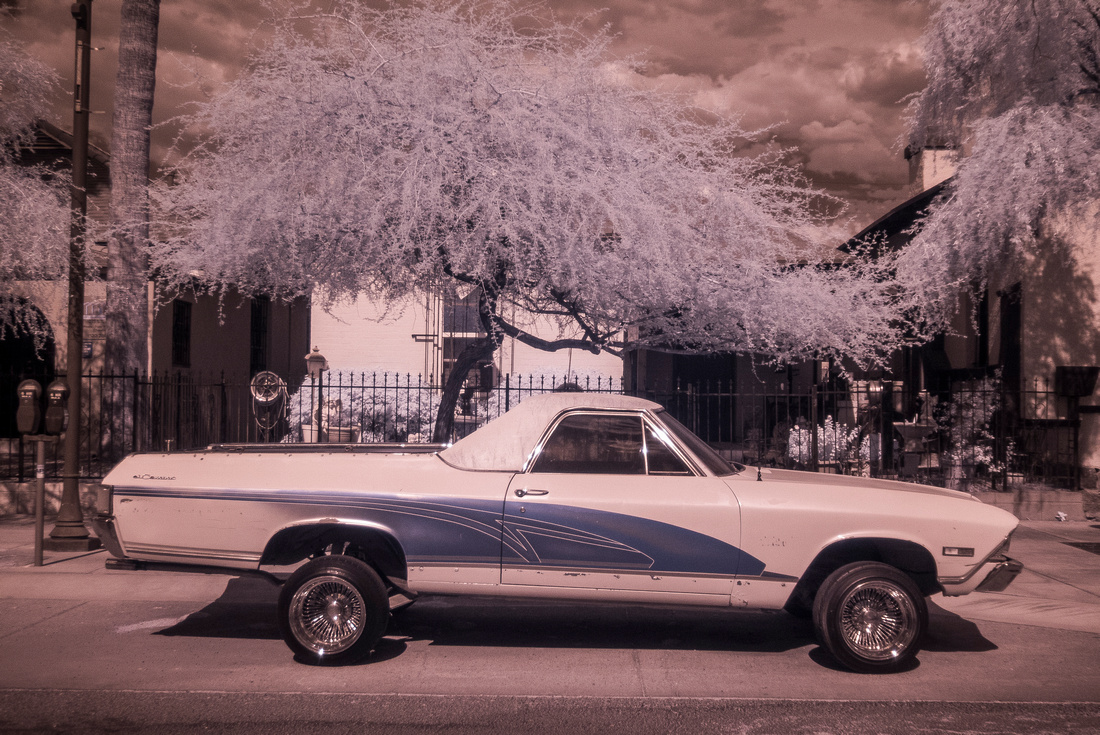

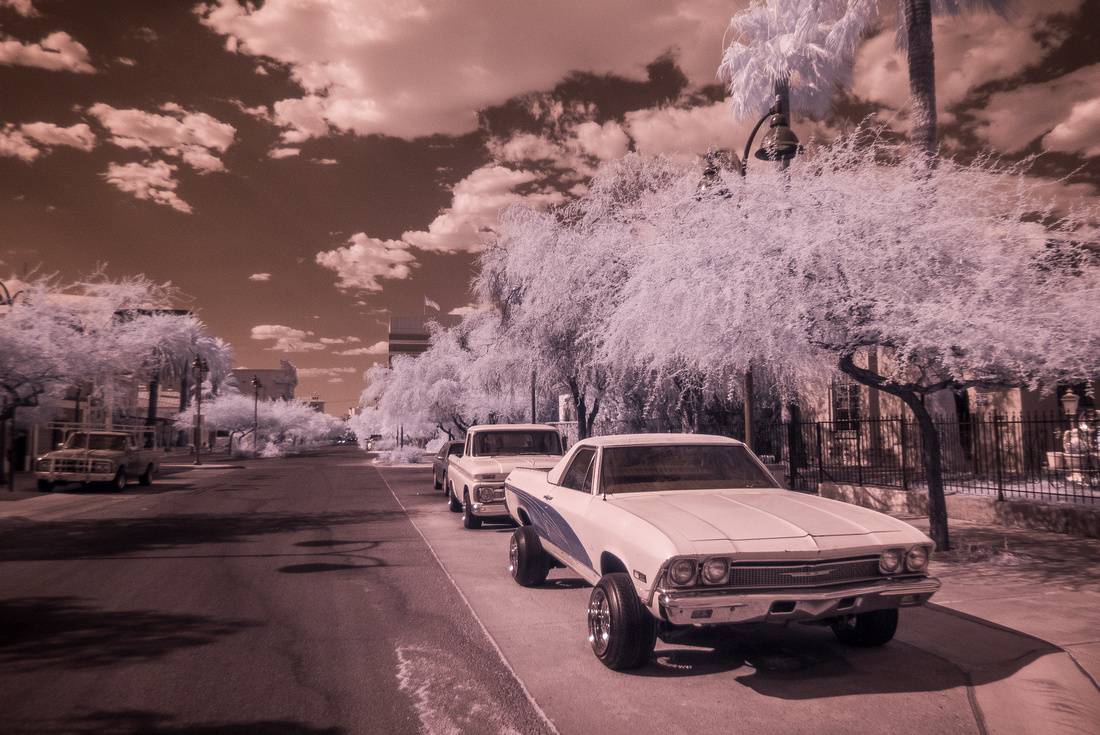



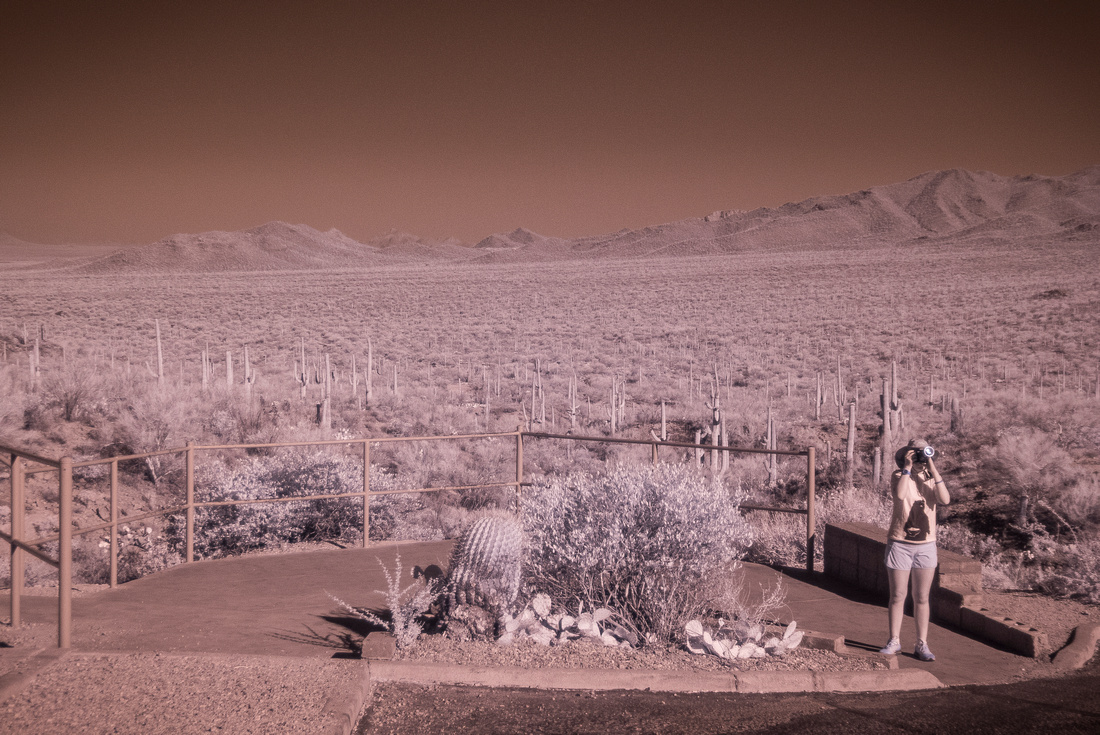

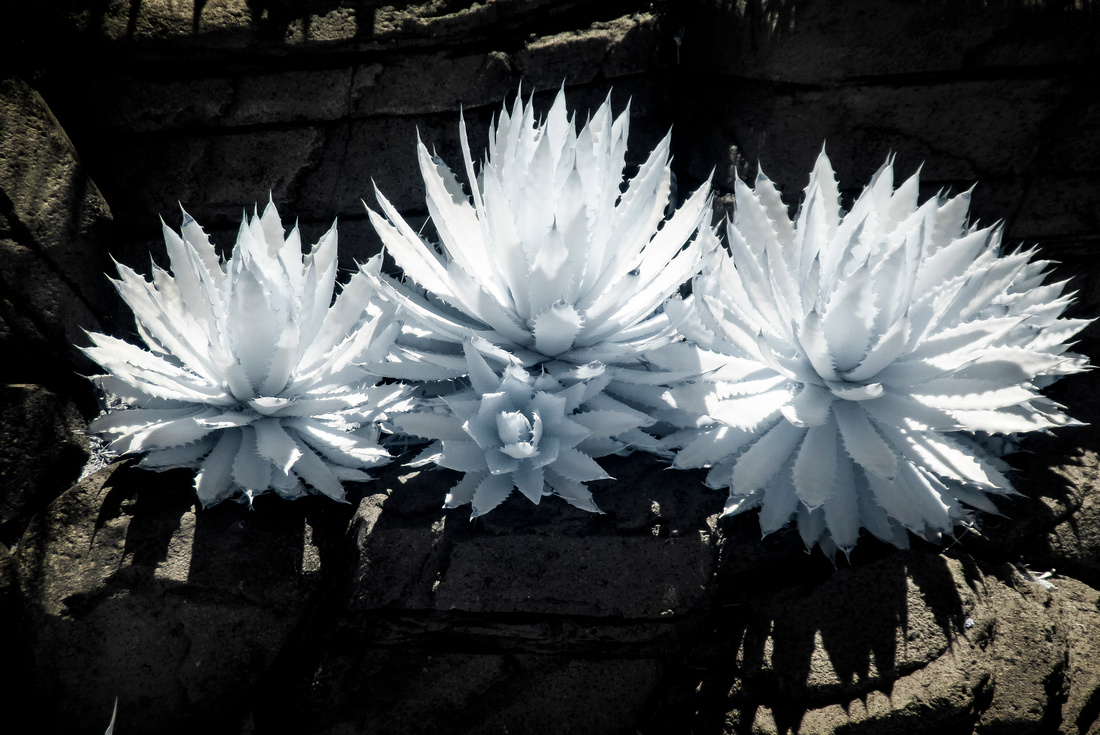

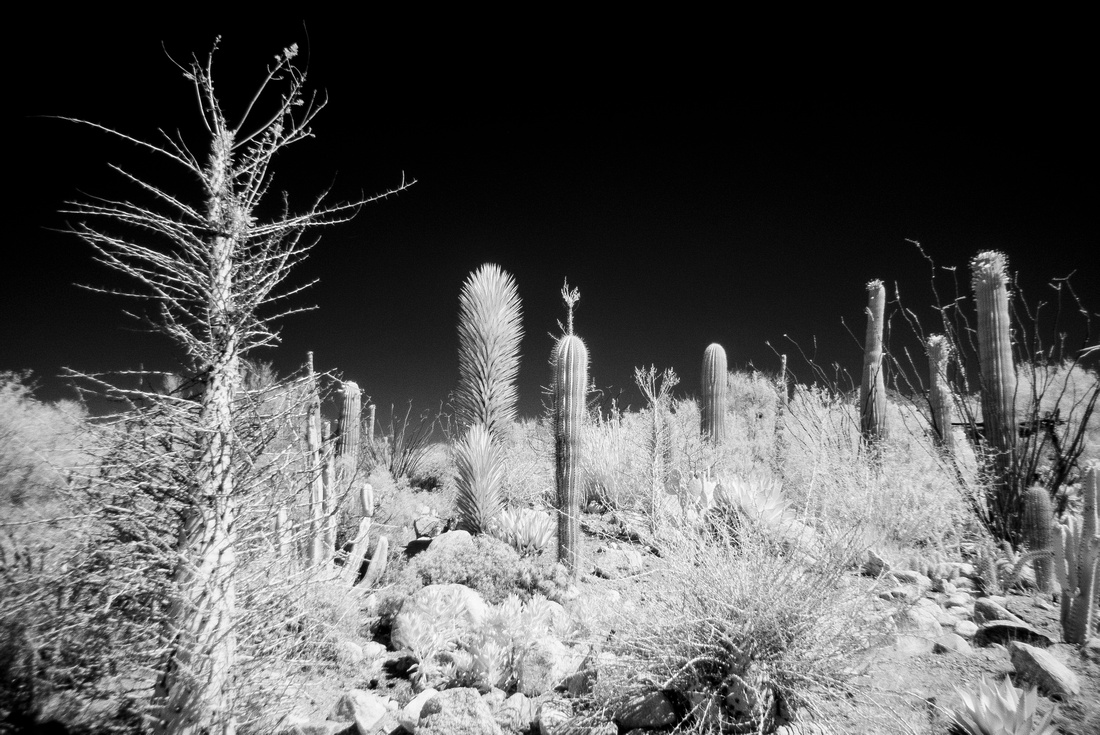

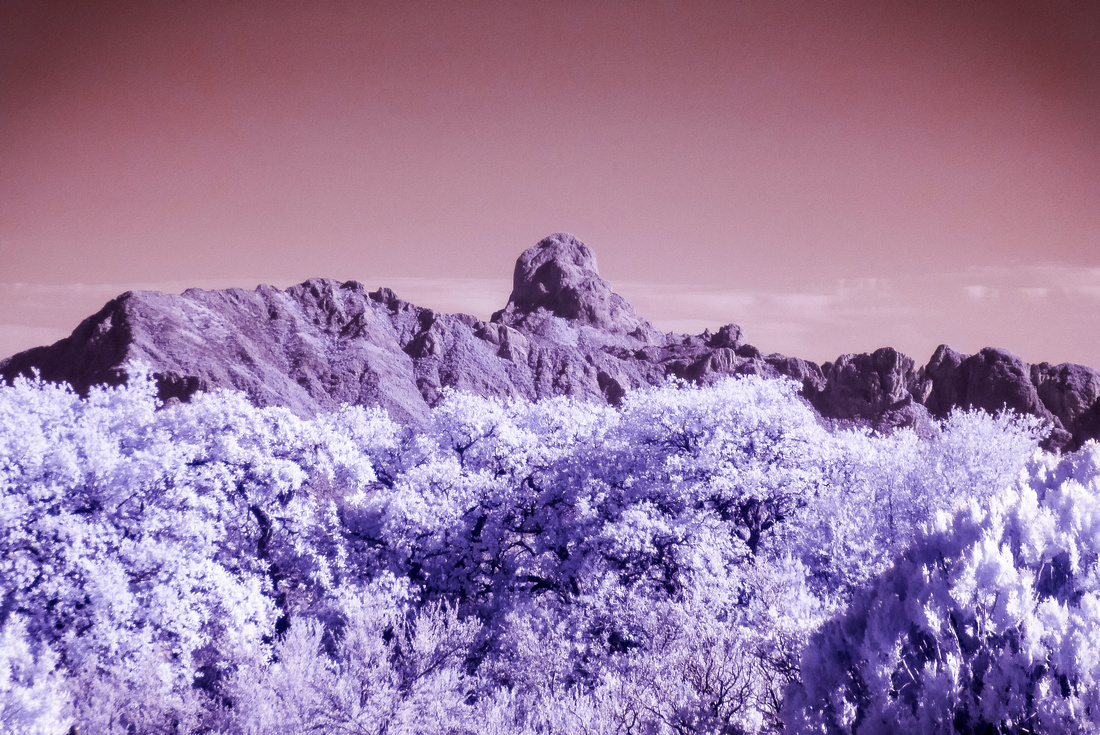

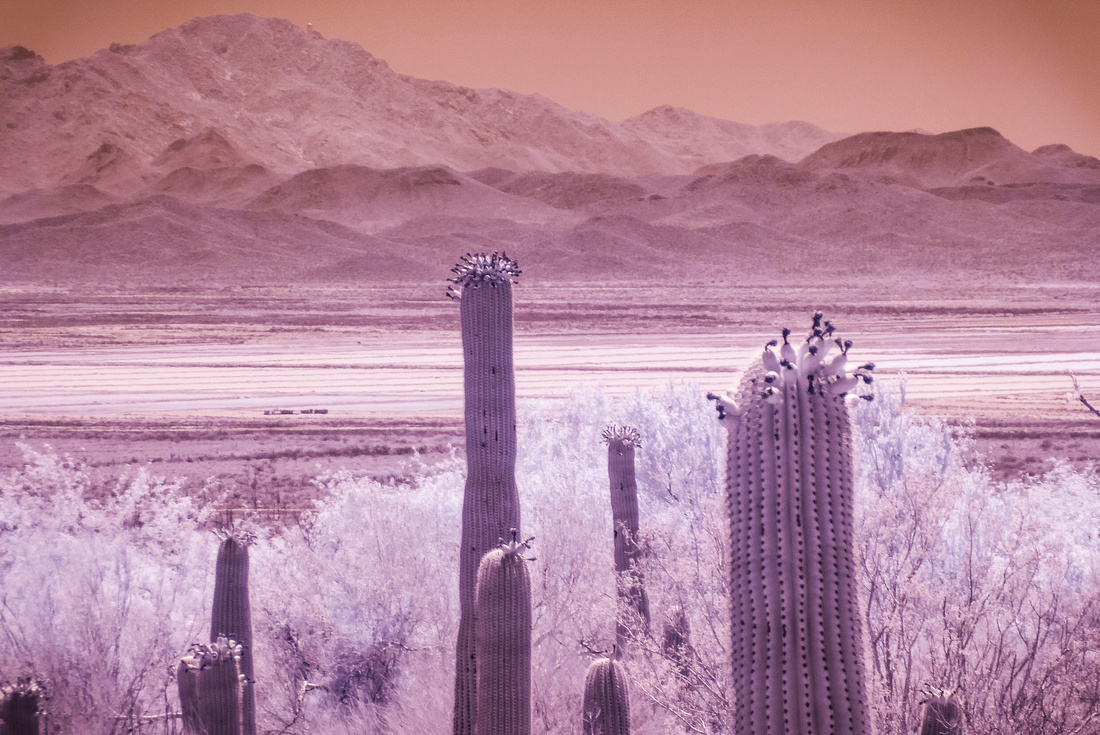



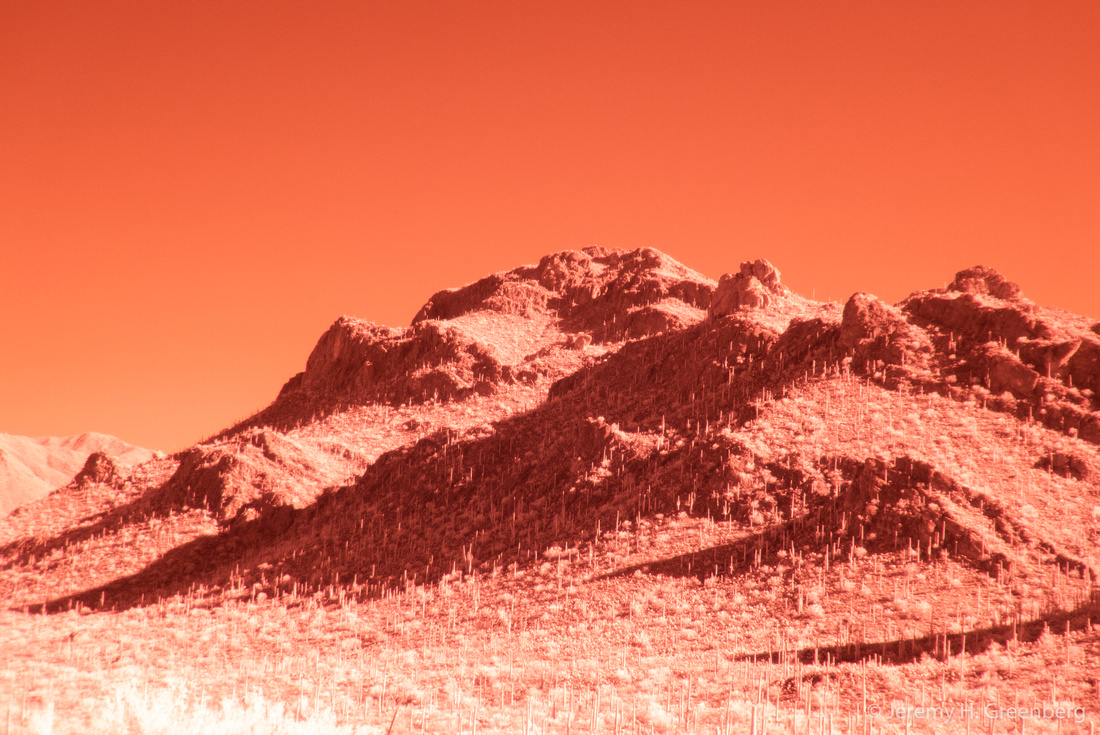



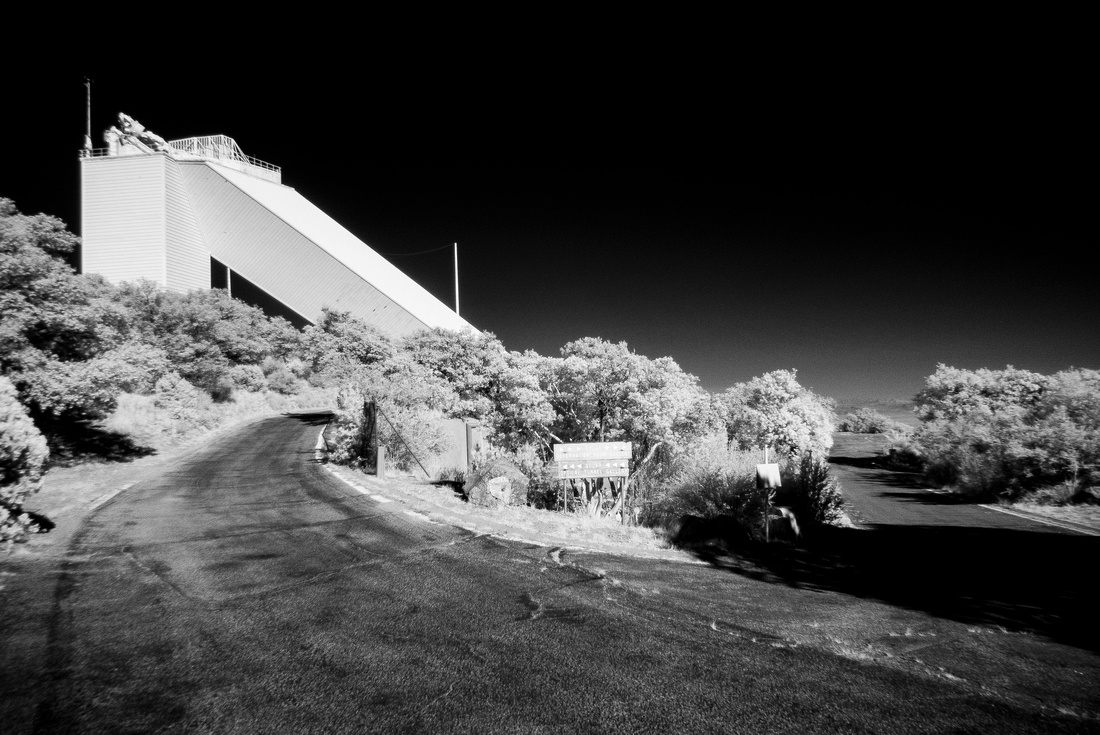

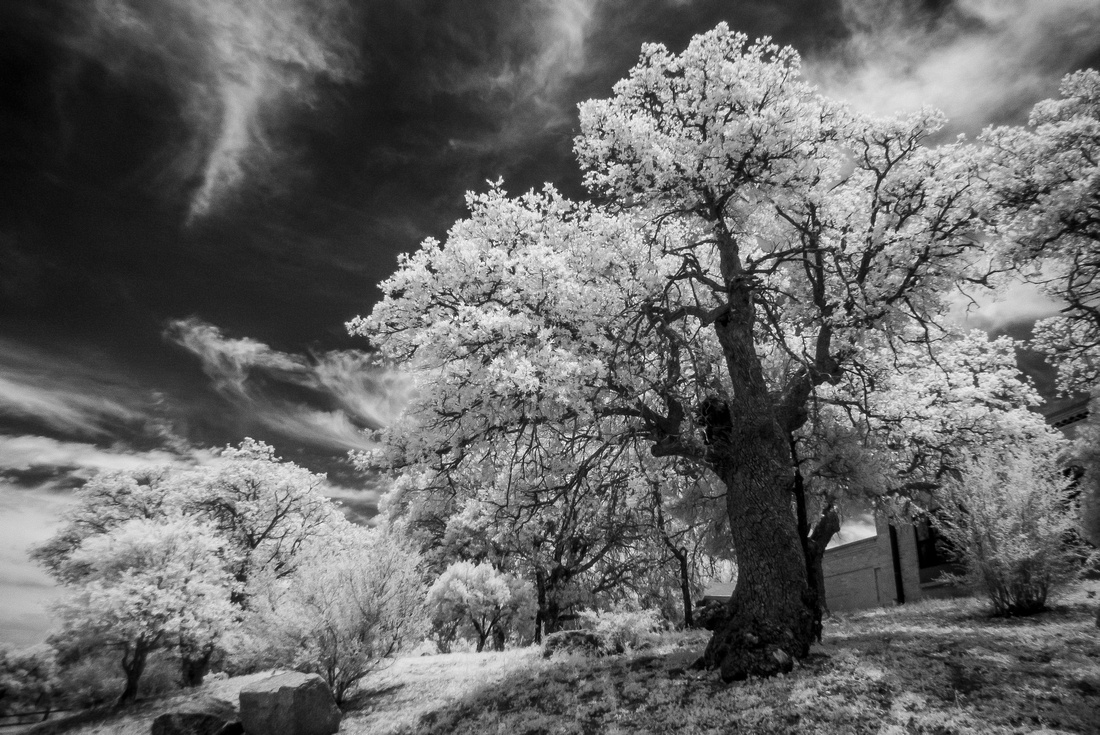



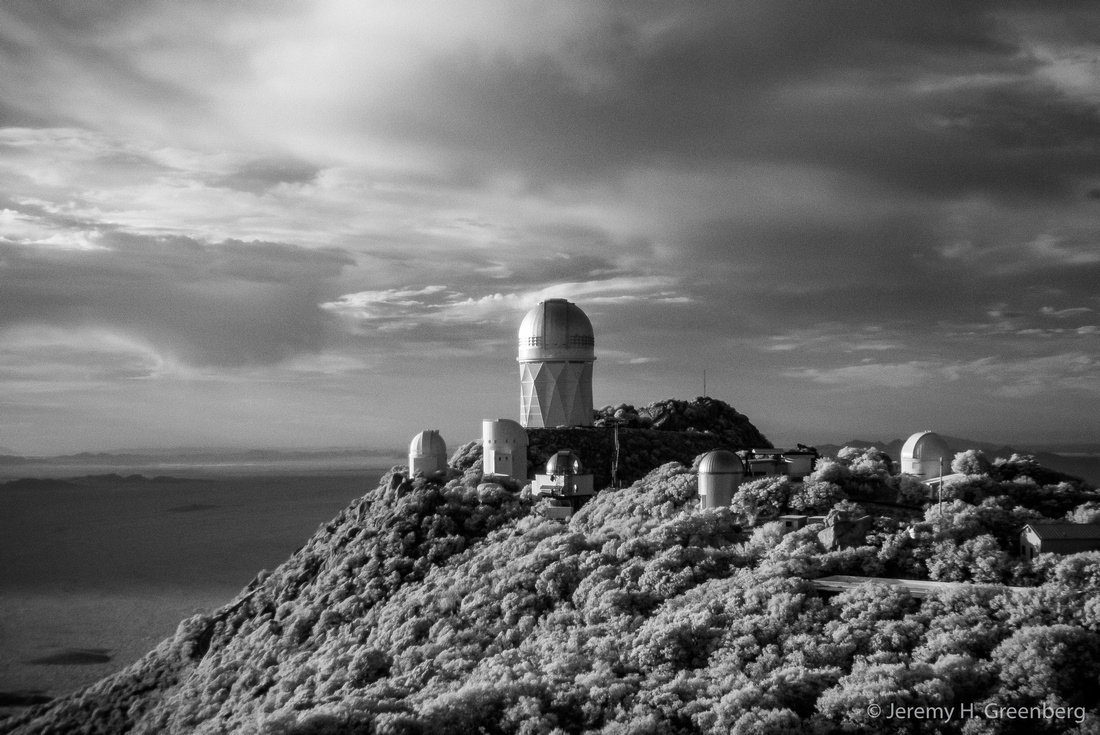

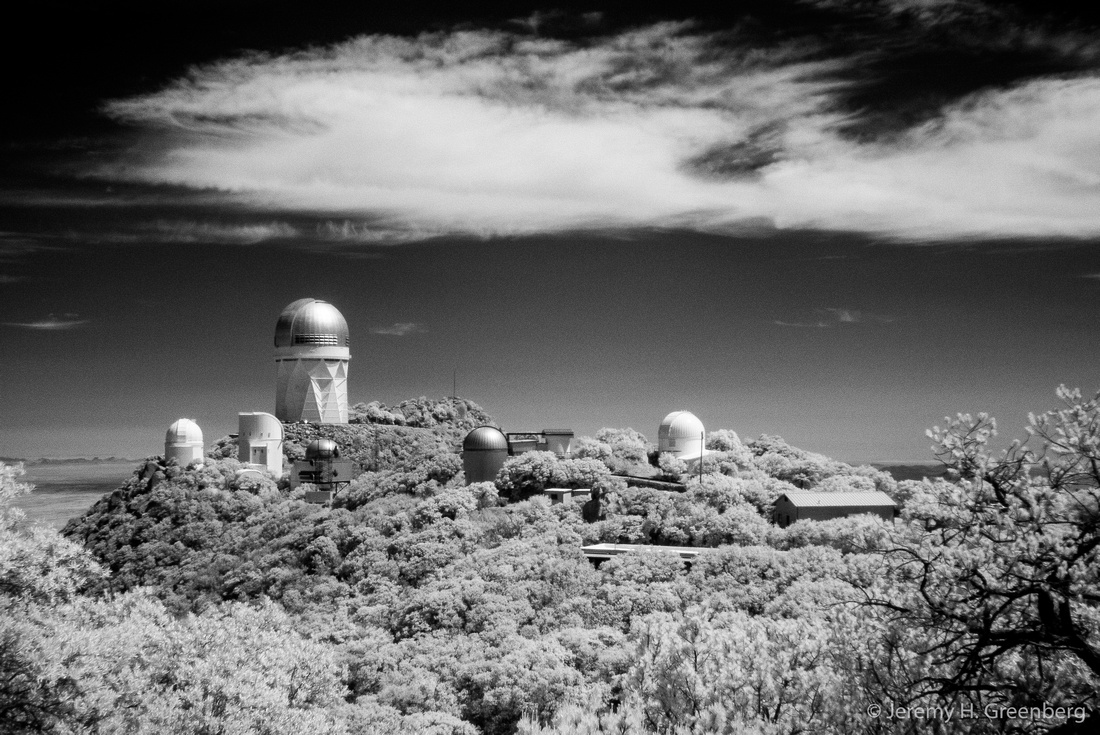

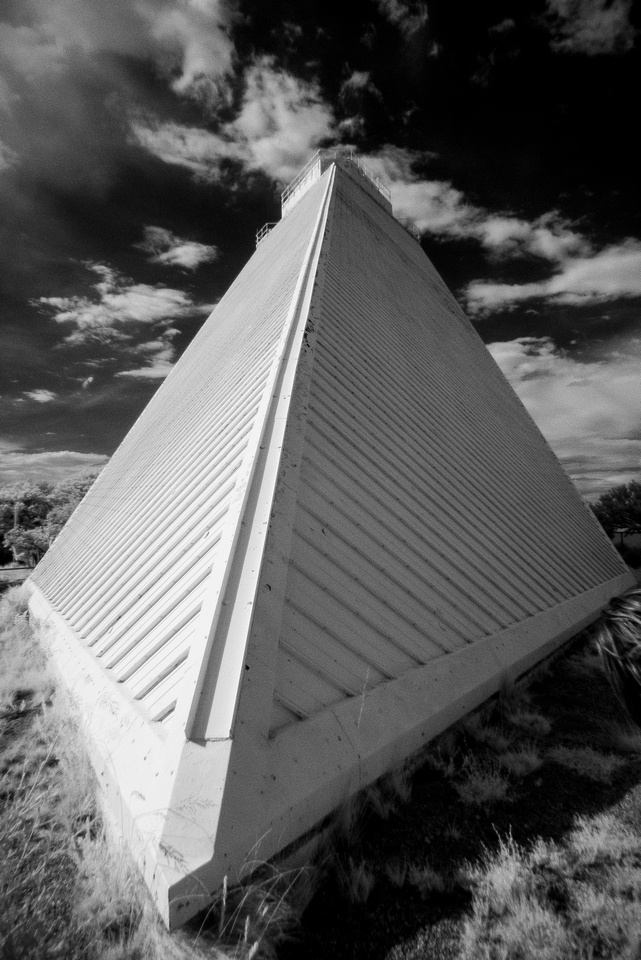

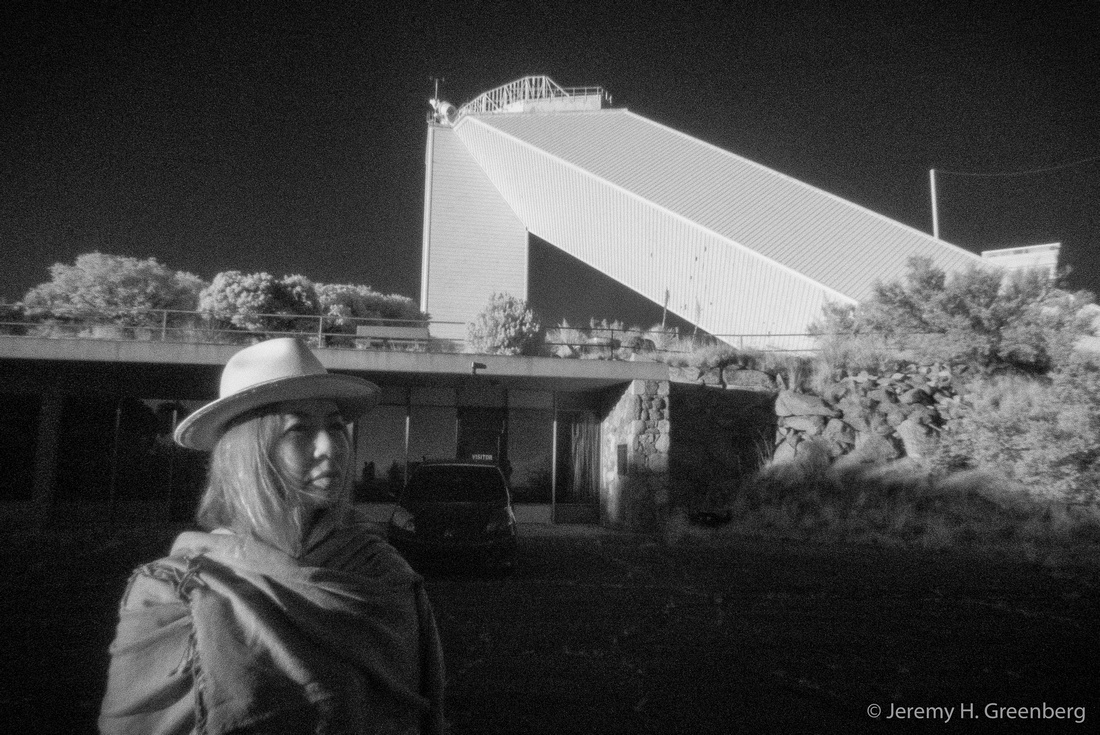

National Geographic Travel Photographer of the Year 2017 Editor’s Favorite: Galleries: Week 4 Cities & People
Casual Photophile Tip & Techniques No. 001 The Subject is the Subject
The Inspired Eye Photography Magazine Issue #40 (full interview)
Hong Kong Free Press: HKFP Lens
Blog #18 Criticizing Photographs or Beyond the “like”
Blog #25 Don’t Be Afraid of the Dark[room].
Blog #47 Composition, Composition, and More Composition
Blog #65 Summer is for Travel (Hanoi)
Blog #67 Risks, Rules, & Restrictions
Blog #68 Photography is a Gift
Blog #72 Living the Creative Life
Blog #90 Restrictions, Revisited
Blog #93 Photographic Technique
Blog #105 Signs, Signs, Everywhere a Sign